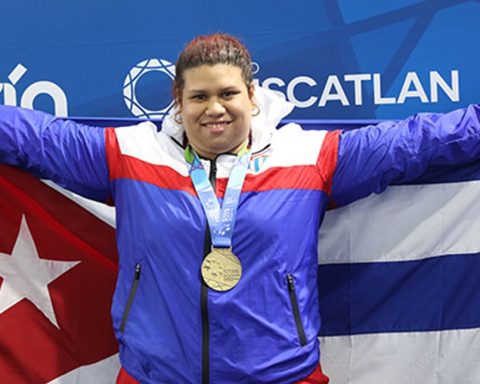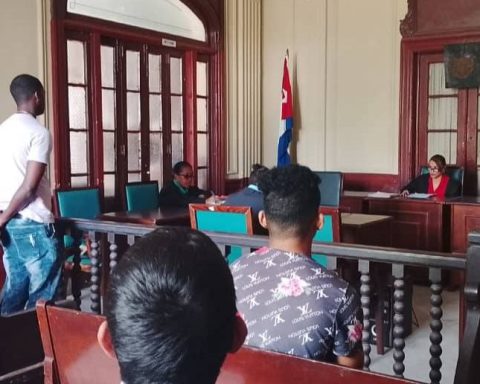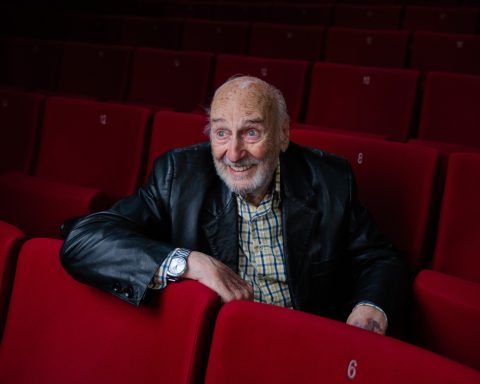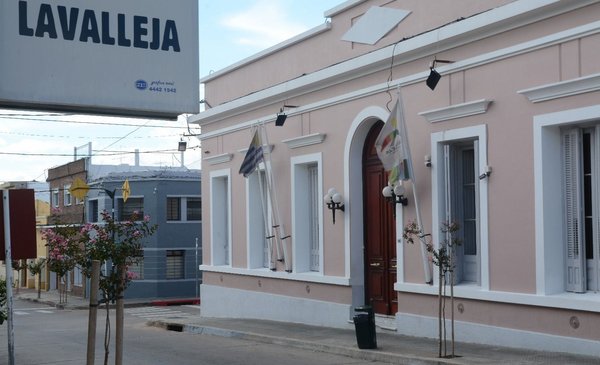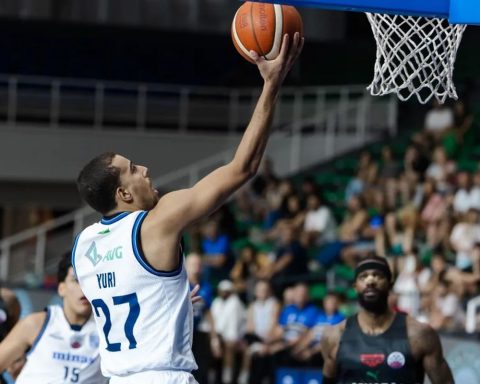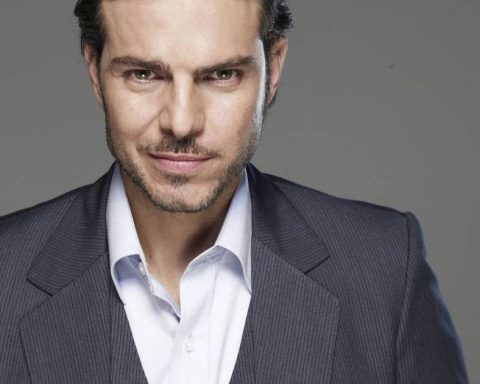José Raúl Capablanca died on March 8, 1942. His farewell was like a prophetic closure for a life marked by an extraordinary passion: he died in front of a chessboard.
The eternal idol of Cubans in the game of 64 squares had left, in just 53 years, an immense legacy. The third world champion in history, still the only one in Latin America to achieve such a rank, went on to immortality as few have achieved.
Nicknamed The Chess-Playing Machine, Capablanca had a conception of the game superior to that of his contemporaries, which made him an essential object of study for those who later chose to dedicate themselves to this sport.
Much has been repeated that it is impossible to understand chess without looking at it through the eyes of the Cuban genius. His simplicity in understanding the strategy of such a complex game amazed and still continues to amaze those who analyze his games.
He learned the movement of the pieces just by watching his father play with his friends, in his residence in Havana. He was 13 years old when he was crowned national monarch and at 20 he was already known in the chess world of the United States, the country where he studied and achieved his first results in the game.
The San Sebastián tournament of 1911, to which he was not invited from the first instance, opened the doors to fame for him. He prevailed there in the midst of an environment in which the dominance of some of the famous of the time was expected.
That victory marked the beginning of the tortuous path that would lead him to face the German Enmanuel Lasker for the world title –and win it– in 1921, also with his native Havana as the setting.
He had the privilege of monarch until 1927, when the Russian-French Alexander Alekhine defeated him in Buenos Aires. The Cuban never again had the opportunity to challenge the champion, since the latter always denied him that option, something very much in tune with the times, when world matches were more an agreement between the parties than something organized by some entity.
Capablanca is credited with more than 600 official games, with 315 wins and only 38 losses. He enjoyed the major trophy in 22 of the 37 major tournaments in which he participated, and between 1916 and 1924 he went without losing a game, including the championship games with Lasker.
The Russian Garry Kasparov, the thirteenth world champion, described him in a fascinating way: «He demonstrated his colossal superiority over his contemporaries, and for this reason the myth of his invincibility arose. No one could see the small — and sometimes not so small — gaps in his ultra-pure style.”
On March 7, 1942, he was at the Manhattan Chess Club when he collapsed. He asked those around him to hold his coat, when he began to feel himself fading… A few hours later, in the early hours of the 8th, he passed away at Mount Sinai Hospital in New York City.
A cerebrovascular accident was listed as the cause of death. His remains were transferred by ship to Havana and since then they rest in the Colon Necropolis, where an immense king carved in marble guards him for eternity.
